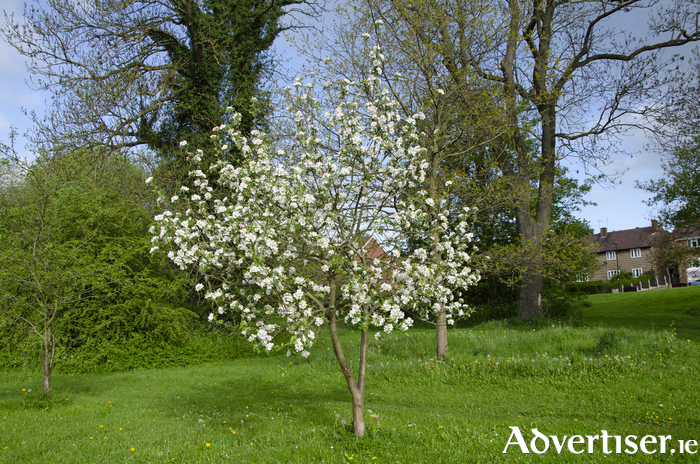By planting fruit trees, you can help reduce the greenhouse effect and slow the rate of global warming - not to mention the numerous benefits of having fresh fruit growing in your own garden.
Fruit growing is a fun, rewarding activity that pays off for decades, both for the grower and the planet. To be successful, focus on the three P's - planting, pruning and pollination.
A fruit tree is actually two trees grafted into one - the top part of the tree is your apple (or plum, or pear ) variety and the bottom part is the rootstock.
The rootstock controls how big the tree is; for apples they are all named M with a number, for example a common dwarf rootstock is M9, and a moderately vigorous rootstock is MM106. The fruit of a particular variety tastes the same whatever the rootstock.
Planting fruit trees
Plant trees in good, deep, free draining soil (if you don’t have this then dig a big hole and fill it with nice soil ).
Fruit trees like a spot in full sun with some shelter from winds.
Plant trees in the winter (December to March ).
Plant the tree with a stake attached on the southern (windward ) side (where the sun is in the middle of the day ) so that it isn’t blown over.
Throw down a handful of general fertiliser and cover the soil around the plant with some compost or a mat of weed suppressing perforated plastic (commonly known as mypex ).
Pruning fruit trees
This can either be very complicated or simple, if you want a perfect shaped tree then you need to prune it carefully every year to train the tree shape you want. Alternately, if you want a tree-shaped tree, then you can leave your tree to grow and then tidy it up after three or four years. This gives you three years to find out how to prune a mature fruit tree. This technique works better for some varieties than others, choose an easy-care variety. The same goes for disease control — some varieties are naturally disease resistant, grow these unless you want to spend your summer spraying your trees.
Pollination
Fruit trees usually need a different variety of the same species of fruit to pollinate each other. This means that you need two varieties of apples, or pears, to ensure you get fruit. Some trees are self-fertilising; this means they can pollinate themselves. If you are only planning to grow one variety of apple, pear, etc. then make sure it is self-fertilising.

